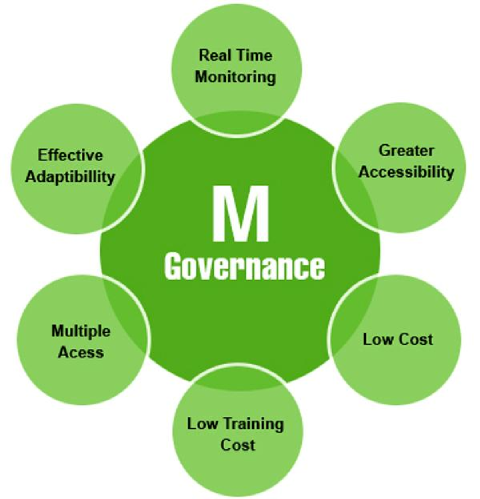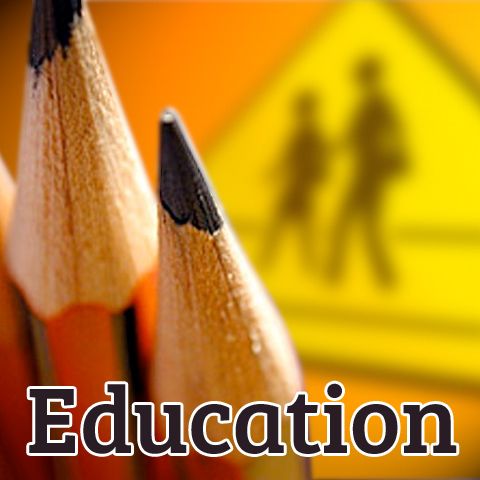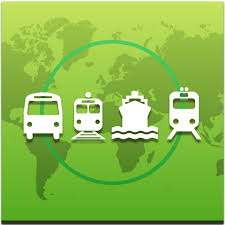- Good governance
- Trust and Accountability
- Citizen's welfare
- Democracy
- Nation's economic growth
Steps
Objectives can be achieved by:
- Expanding the access to knowledge through e-libraries.
- Bridging rural-urban divide by forming ICT centers in particularly smaller cities and towns.
- Standardized information about public services through call centers and text messages.
- Wide penetration of cell phones in all areas of interest to seek feedback from citizens and increase citizen’s engagement.
As a first step, the government is developing websites rated to all departments of government "mobile compliant"; and developing mobile apps for government sector.
M-governance is playing a vital role in healthcare but in this regard, private companies are more active and a big push is required to enhance efforts at government level. The effort is to make it applicable on each smartphone in the developing society.





